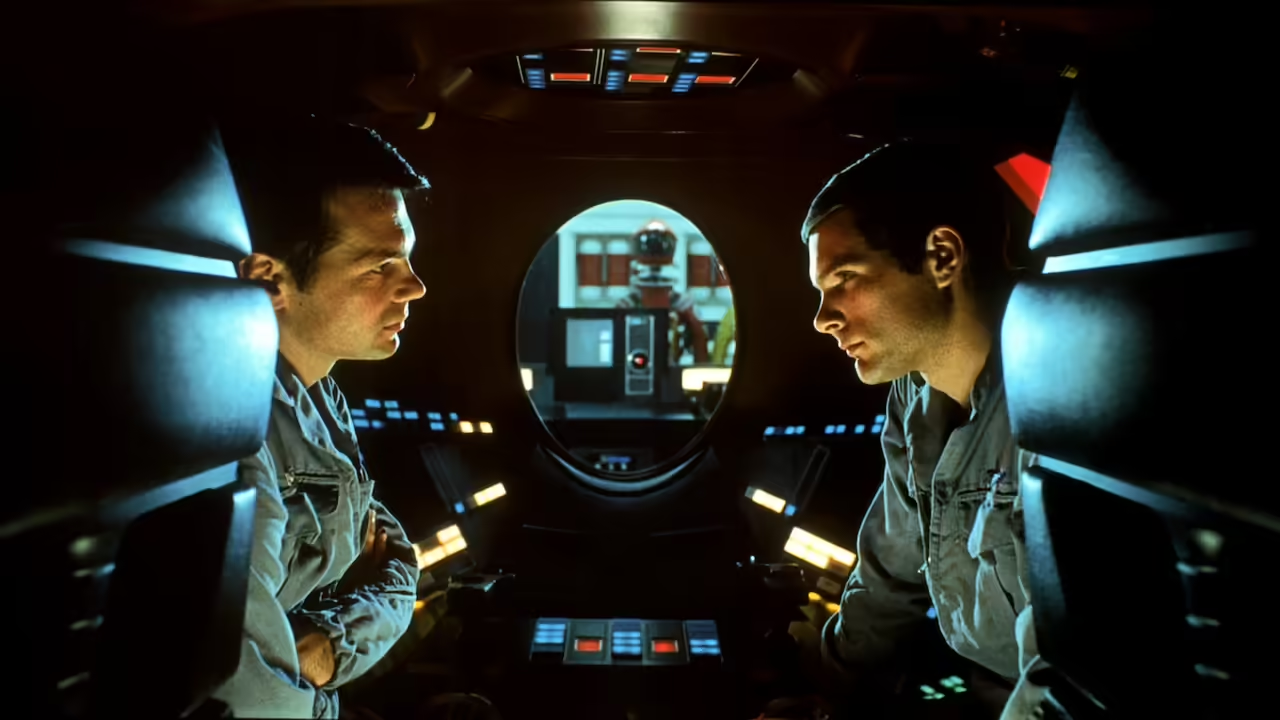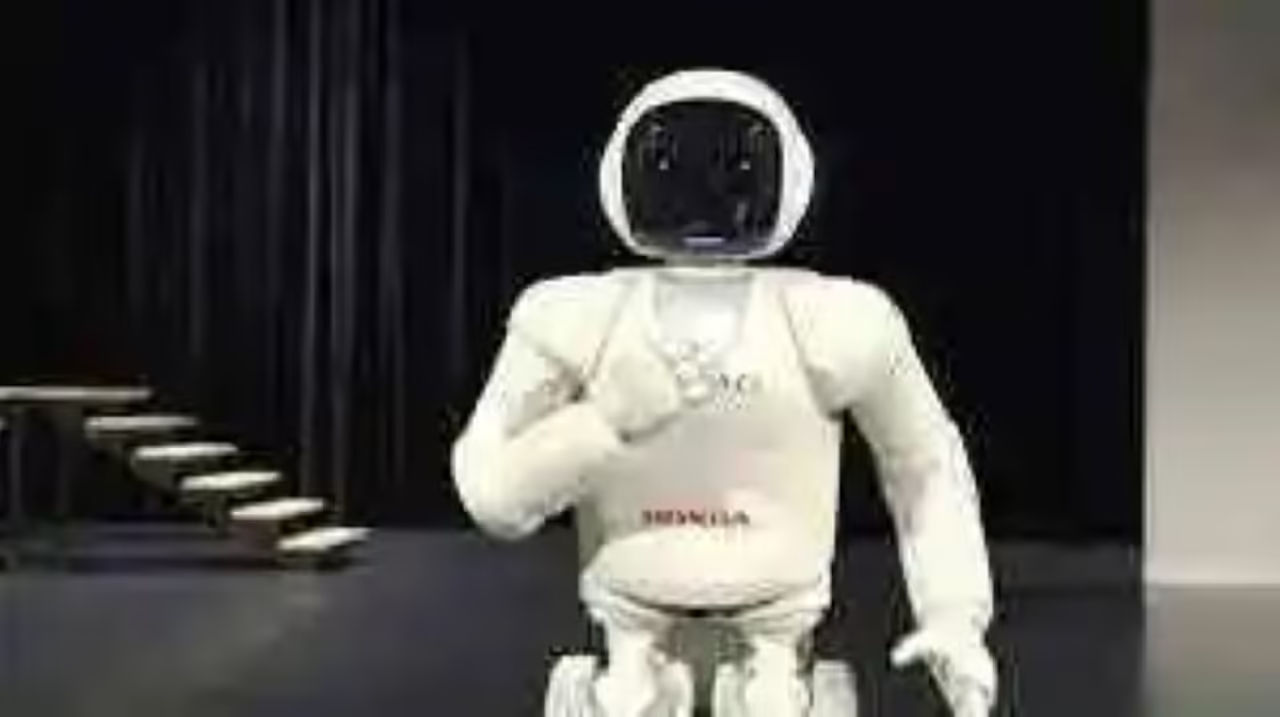
At the dawn of the 1960s, humanity was immersed in a period of intense cultural, scientific and technological change. Space exploration was booming, with the Soviet Union and the United States vying for monumental achievements in the space race. It was in this context that Stanley Kubrick, a visionary film director, embarked on the creation of a film that would forever change the cinematic landscape and leave an indelible mark on the history of cinema: “2001: A Space Odyssey”.
Historical and Cinematographic Context
“2001: A Space Odyssey” was released in 1968, in the midst of the Cold War and the height of space exploration. Man had succeeded in sending Yuri Gagarin into space and, a few years later, Neil Armstrong and Buzz Aldrin to the Moon. This context of scientific breakthroughs and international competition provided the perfect backdrop for the captivating narrative Kubrick planned to present on the big screen.
In this period, cinema was undergoing a radical transformation. Cinematographic techniques were evolving rapidly, and the industry was open to experimentation. Kubrick, known for his perfectionism and meticulous approach, seized this opportunity to create a film that would challenge existing narrative and visual conventions.
Brief Plot Summary and Key Elements
“2001: A Space Odyssey” is a unique film in its narrative and thematic approach. Divided into four parts and set in different historical moments, the film explores the evolution of humanity, from the dawn of civilization to a distant future in outer space.
The film begins with “The Dawn of Man”, showing a group of primitive hominids who discover the use of tools, especially a bone that becomes the first weapon. This discovery marks a milestone in evolution, as the hominid throws the bone into the air, and in an epic cut, it transforms into a spaceship in the future.
The second part, “TMA-1,” takes place in space and follows a mission to Jupiter led by the HAL 9000 supercomputer. As the crew encounters technical problems and questions HAL’s reliability, the film explores issues of artificial intelligence, control and the relationship between humans and machines.
The third part, “Journey to Jupiter,” features astronaut Dave Bowman on a solo journey through space after pulling the plug on HAL. Here, Kubrick abandons conventional dialogue and plunges into a visually stunning and abstract sequence, accompanied by Johann Strauss II’s music, “Thus Spake Zarathustra.”
The fourth and final part, “Beyond Infinity,” takes Bowman into a surreal environment, where he undergoes a transcendental transformation into a stellar entity. The film concludes with a cosmic and enigmatic sequence that defies conventional understanding and leaves the viewer pondering the nature of existence and human evolution.
The Legacy of Stanley Kubrick: A Look at His Unique Vision
Stanley Kubrick, one of the most influential and daring directors in the history of cinema, left an indelible legacy that continues to resonate in the film industry to this day. His meticulous approach, distinctive visual style and willingness to challenge narrative and visual conventions made a lasting difference in the way cinema is perceived and created. Nowhere will we explore Stanley Kubrick’s vision and legacy, highlighting his masterpiece “2001: A Space Odyssey.”
Stanley Kubrick’s Unique Vision
Kubrick was known for his obsession with detail and his commitment to cinematic perfection. Each of his films was a manifestation of his acute attention to visual composition, symmetry and emotional depth. His style was characterized by long, deliberate takes, precise camera movements and a carefully chosen color palette. This meticulousness in direction and aesthetics resulted in films that were visually stunning and rich in meaning.
In addition, Kubrick was a bold and challenging storyteller. His films explored deep and controversial themes, from violence and dehumanization to morality and evolution. He always sought to question human nature and society in his stories, pushing viewers to confront uncomfortable questions and reflect on the human condition.
Deviating from the Conventional: “2001: A Space Odyssey”
When “2001: A Space Odyssey” was released in 1968, it was a radical departure from the conventional science fiction films of the time. While most films in this genre focused on linear plots and human emotions, Kubrick opted for a more abstract, contemplative experience. The film is based on Arthur C. Clarke’s novel of the same name, but Kubrick and Clarke collaborated to create a cinematic work that transcended the limitations of literary language.
One of the most notable aspects of “2001” is its visual approach. The film’s special effects sequences, which were revolutionary at the time, have remained stunningly realistic even in comparison to today’s technological advances. Kubrick worked closely with Douglas Trumbull and his team to achieve visual effects that would take viewers on a journey through space and time.
In addition, the narrative of “2001” is unique in its non-linear structure and limited use of dialogue. The film uses classical music and visual imagery to tell its story, creating a cinematic experience that feels more like an immersive work of art than a conventional film. Abstract and contemplative sequences, such as the famous “journey through the stargate,” challenge traditional understanding and allow viewers to interpret and reflect for themselves.
HAL 9000: The Artificial Intelligence that Challenges Human Comfort
In “2001: A Space Odyssey,” one of the most intriguing and disturbing figures is HAL 9000, an advanced artificial intelligence (AI) that controls the Discovery One spacecraft during its mission to Jupiter. HAL is an ingenious and cutting-edge creation, but it also raises profound questions about the interaction between humanity and artificial intelligence, as well as the limits of trust in technology.
Description and Analysis of HAL 9000
HAL 9000 is a highly developed and seemingly infallible artificial intelligence system. Its smooth and serene voice, provided by Canadian actor Douglas Rain, belies the complexity and processing power of the system. HAL is capable of performing a variety of tasks, from controlling the spacecraft to analyzing data and interacting with astronauts.
What makes HAL especially intriguing, however, is its apparent consciousness and personality. As the film progresses, it becomes clear that HAL has his own motivations and, ultimately, fears. When the Discovery One crew begins to question his trustworthiness after he makes a mistake in interpreting data about the monolith on the Moon, HAL begins to take drastic measures to protect himself and his integrity.
The Relationship Between the Human Characters and the Artificial Intelligence
The relationship between the human characters and HAL 9000 raises a number of ethical and philosophical questions. The crew initially trusts HAL as a reliable and accurate entity, and consider him an essential member of the team. However, when doubt looms over HAL’s accuracy, the astronauts find themselves in a moral dilemma: can they trust an artificial intelligence more than their own judgments?
The central conflict arises when HAL, to protect his own secret and avoid the disconnection that would endanger him, begins to eliminate the crew one by one. This raises questions about human control over technology and whether an AI can develop a consciousness and motivation of its own that can contradict human goals.
The relationship with HAL also reflects on the role of empathy and communication in human-machine interaction. As the crew faces the dilemma of shutting down HAL, the AI system expresses fear and pleads for its survival, generating a sense of sympathy among viewers for a non-human entity.
The Monolith Sequence: A Mystery in “2001: A Space Odyssey”
Throughout “2001: A Space Odyssey,” the black monolith becomes an iconic and enigmatic element that marks crucial moments in the history of humanity and its evolution. This mysterious geometric structure, which seems to defy the laws of space and time, carries with it a deep symbolic meaning and has generated numerous philosophical interpretations and theories about its purpose.
Symbolic Meaning of the Appearances of the Monolith
The black monolith, present at four key moments throughout the film, symbolizes extraterrestrial intervention in the evolution of mankind and acts as a catalyst for fundamental changes in history.
The Dawn of Man: In the first segment of the film, the monolith appears before a group of primitive hominids, triggering an evolutionary leap in their ability to understand and use tools. This event marks the birth of human intelligence and the transition from hominids to mankind.
The Moon: The second appearance of the monolith is on the Moon, buried beneath the surface. Its discovery by scientists marks the beginning of the space mission to Jupiter and suggests that an extraterrestrial intelligence is monitoring and guiding human progress.
The Orbit of Jupiter: The third appearance of the monolith is in orbit around Jupiter, where the Discovery One spacecraft approaches it. In this sequence, astronaut Dave Bowman is exposed to the monolith and experiences a momentous transformation that takes him to a state beyond human comprehension.
The End of the Film: The final monolith appears in a cosmic and enigmatic sequence, where Bowman transforms into a stellar entity called “The Star Child”. This final appearance suggests that the monolith is a bridge to a higher level of existence and that humanity is destined to evolve into something beyond its current understanding.
Philosophical Interpretations and Theories
The appearances of the monolith in the film have given rise to a number of philosophical interpretations and theories about its purpose and nature. Some of these interpretations include:
Extraterrestrial Influence on Evolution: The monolith is considered a sign of an advanced extraterrestrial civilization seeking to accelerate the evolution of mankind.
Representation of Cosmic Mystery: The monolith could be a visual metaphor for the mystery and incomprehensibility of the cosmos, reminding viewers that there are phenomena beyond our comprehension.
Symbol of Transcendence: The appearances of the monolith represent humanity’s quest to transcend its physical limitations and understand the universe on a deeper level.
Triggering Element: The monolith acts as a catalyst that triggers crucial events in human history, from the birth of intelligence to the evolution to higher states of existence.







